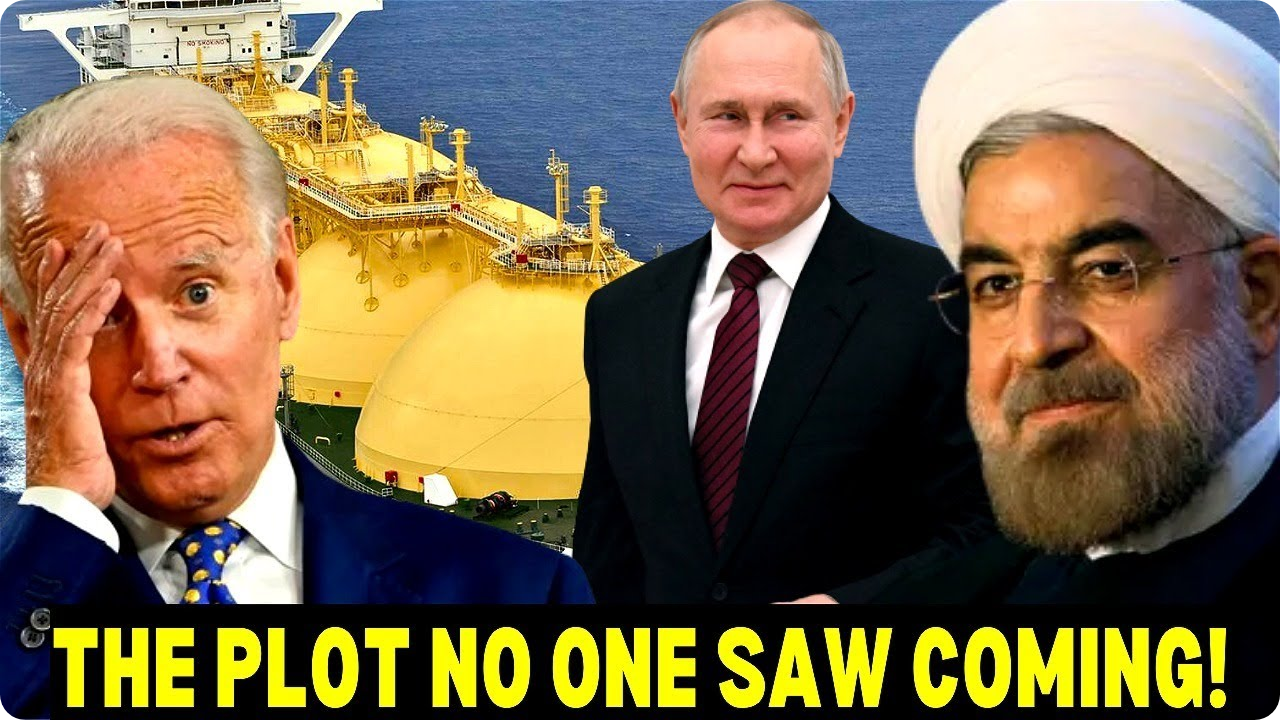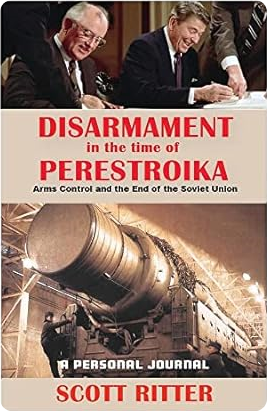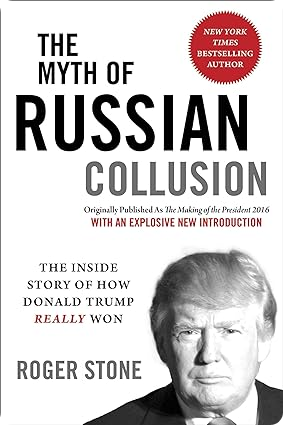
The Russia – Iran Pact Will Transform Everything!
Keep up to Date & Bypass the Big Tech Censorship
Get uncensored news and updates, subscribe to our daily FREE newsletter!
One agreement currently under the spotlight is the newly forged 20-year cooperation pact between Russia and Iran. Let’s delve deeply into this momentous partnership and dissect its multifaceted implications, leaving no stone unturned.
The 20-year cooperation agreement between Russia and Iran represents a monumental shift in regional geopolitics with sweeping implications across various domains. This comprehensive deal, known as ‘The Treaty on the Basis of Mutual Relations and Principles of Cooperation between Iran and Russia,’ signifies a significant departure from previous agreements and sets the stage for a deepening partnership between the two nations.
At its core, the agreement aims to strengthen cooperation in key areas such as defense, energy, and trade. Unlike the previous 10-year deal signed in 2001, which focused primarily on economic ties, this new agreement encompasses a broader scope of collaboration, reflecting the evolving priorities and interests of both countries.
| Recommended Books [ see all ] | ||||
|---|---|---|---|---|
 |  |  |  |
 |
One of the most striking aspects of the agreement is its impact on energy dynamics. By granting Russia access to extract resources from Iran’s Caspian Sea region, particularly the vast Chalous field estimated to hold billions of barrels of oil and trillions of cubic feet of natural gas, the deal opens up new opportunities for energy cooperation between the two nations. Additionally, Russia’s joint command capabilities in certain sectors of Iran’s Caspian area underscore the strategic significance of this partnership in shaping regional security dynamics.
Economically, the agreement seeks to reduce reliance on the US dollar in bilateral trade by facilitating transactions in local currencies, thereby circumventing US sanctions and strengthening financial autonomy. This move reflects a broader trend towards de-dollarization in international trade and finance, with implications for global economic governance and monetary policy.
Military cooperation is another key component of the agreement, with provisions for the transfer of advanced military technology and training from Russia to Iran. This includes state-of-the-art missile systems such as the Kh-47M2 Kinzhal, Iskander M, RS-26 Rubezh, BrahMos3, and Avangard, which have the potential to significantly enhance Iran’s military capabilities and alter the regional balance of power.
Beyond the immediate bilateral implications, the agreement has broader geopolitical ramifications, reshaping alliances and power dynamics in the Middle East, southern Europe, and Asia. Iran’s strengthened military reach and enhanced political leverage may prompt neighboring countries to reassess their security arrangements and relationships with external powers, potentially challenging US hegemony in the region.
Despite its significance, the agreement has elicited a relatively muted response from Western powers, reflecting concerns over the implications for regional stability and US interests. The prospect of joint responses from Russia and Iran to US actions, as well as the potential blunting of US sanctions through international trade with China, adds another layer of complexity to global power dynamics and highlights the shifting contours of international relations in the 21st century.
In conclusion, the 20-year cooperation agreement between Russia and Iran represents a watershed moment in regional geopolitics with far-reaching implications for energy security, economic relations, military cooperation, and global power dynamics. As the two countries deepen their partnership and expand their influence, the geopolitical landscape of the Middle East and beyond is poised for significant transformation in the years to come.


